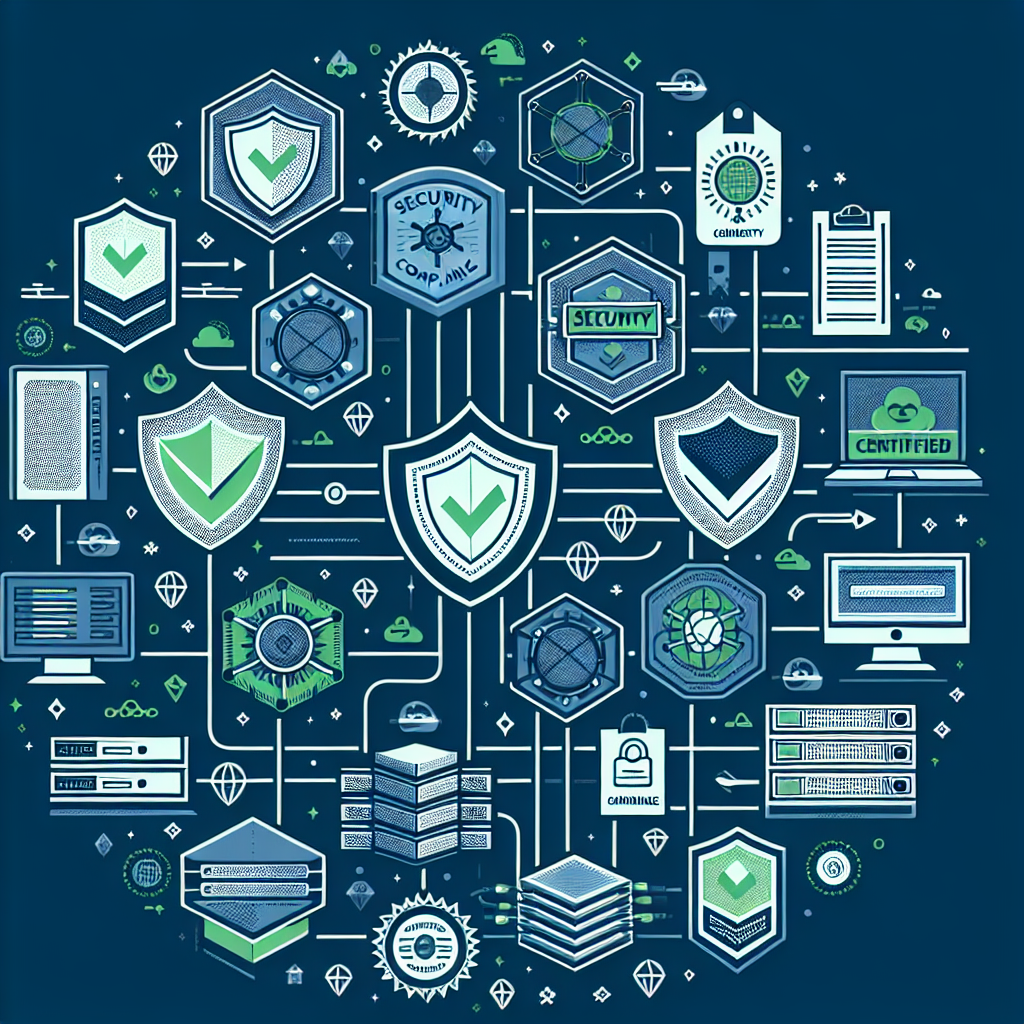Remote monitoring technology has come a long way in recent years, and the future looks bright for further advancements and innovations. From healthcare to industrial applications, remote monitoring is revolutionizing the way we collect and analyze data, leading to improved efficiency, safety, and decision-making.
One of the key trends in remote monitoring is the use of Internet of Things (IoT) technology. IoT devices are becoming increasingly sophisticated and affordable, allowing for seamless data collection and transmission from remote locations. This enables real-time monitoring of assets, equipment, and processes, leading to proactive maintenance and reduced downtime.
Artificial intelligence (AI) and machine learning are also playing a significant role in the future of remote monitoring. These technologies can analyze vast amounts of data to identify patterns, anomalies, and predictive insights. This allows for more accurate monitoring and predictive maintenance, leading to cost savings and improved performance.
Another trend to watch in remote monitoring is the integration of augmented reality (AR) and virtual reality (VR) technologies. These immersive technologies can provide remote workers with real-time visualizations and instructions, enhancing their ability to monitor and troubleshoot equipment and processes from a distance.
In the healthcare industry, remote monitoring is revolutionizing patient care. Wearable devices and sensors can collect vital signs and health data, allowing healthcare providers to monitor patients remotely and intervene quickly if necessary. This can lead to improved patient outcomes and reduced hospital readmissions.
Overall, the future of remote monitoring is bright, with continued advancements in IoT, AI, AR, and VR technologies driving innovation and improving efficiency across industries. As these technologies continue to evolve, we can expect to see even greater benefits in terms of cost savings, safety, and performance. The possibilities are endless, and the future of remote monitoring is certainly one to watch.









